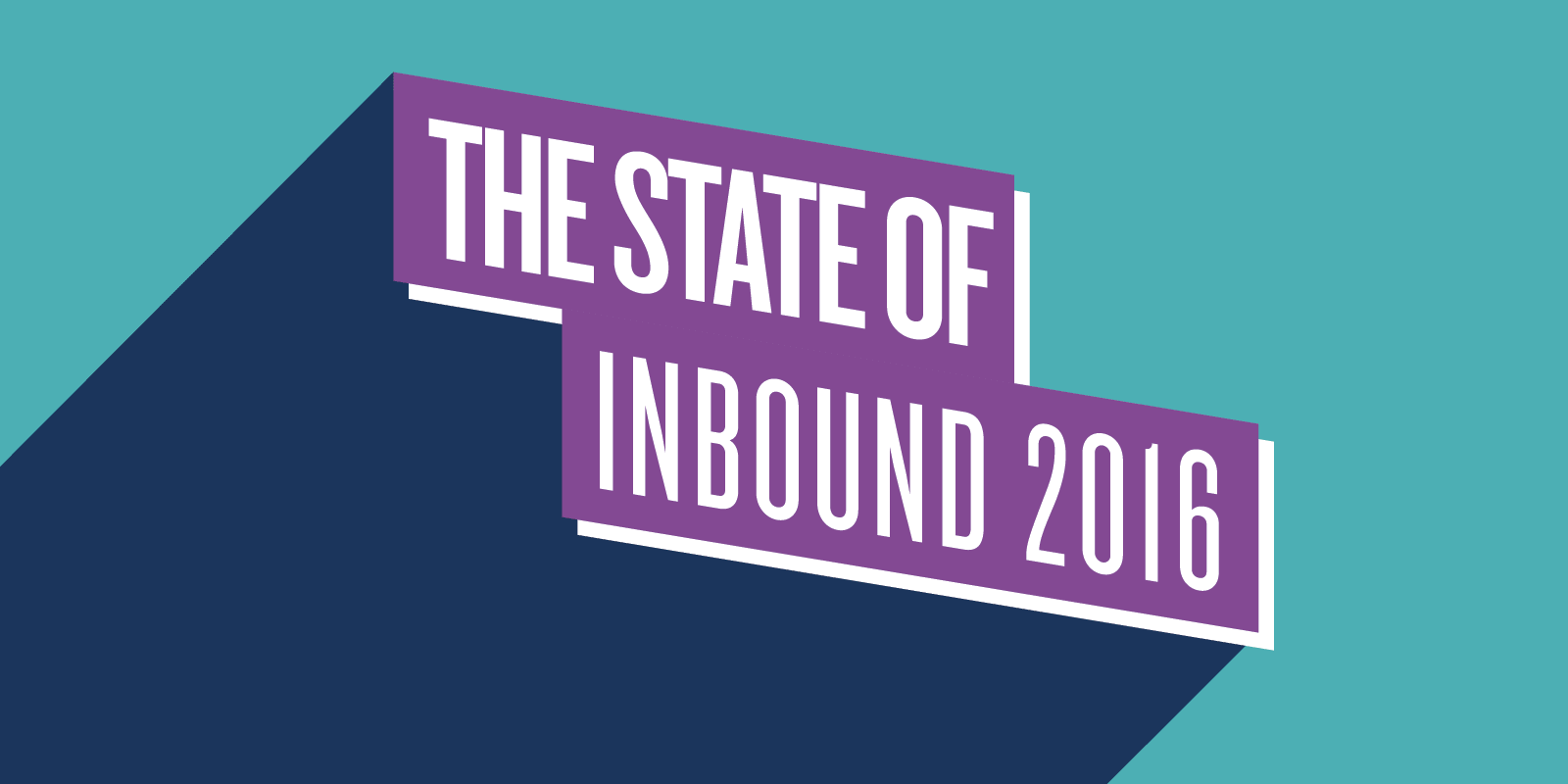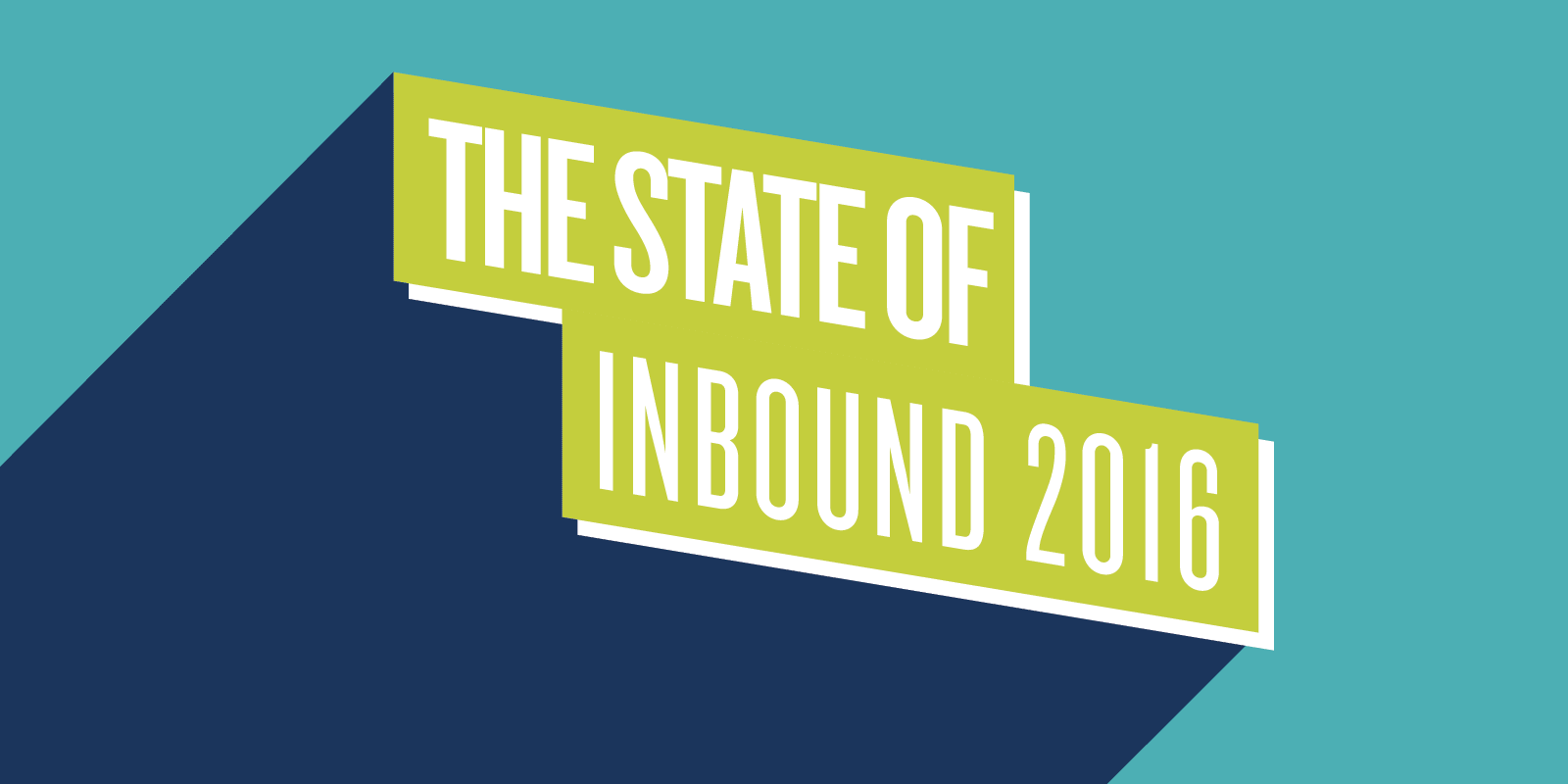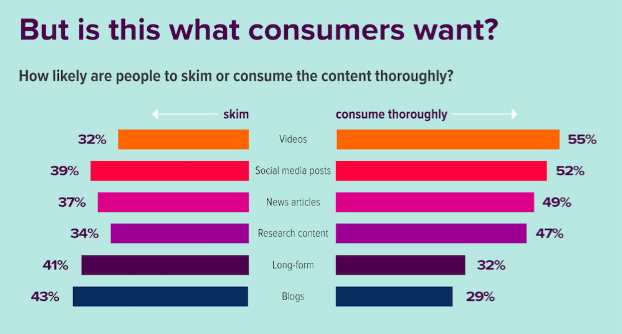All week long, we’re taking an in-depth look at regional data collected from HubSpot’s State of Inbound 2016 report.

This week HubSpot published its eighth annual State of Inbound report, featuring in-depth analysis of global industry trends based on data from thousands of the world’s foremost marketers and salespeople. One of these key regions highlighted is Asia Pacific and today we’re taking a closer look at what the research revealed about the marketers, salespeople and the challenges that they face within that region.
The 2016 State of Inbound report draws from 4,500 global respondents, with over 800 of those responses from Asia Pacific, where inbound is seeing significant growth. The results? The need for alignment is more important than ever.
The data shows that the handshake between sales and marketing -- aptly called Smarketing, and a core tenet of inbound -- produces the most measurable results. Putting that agreement in writing is even better. Marketers in companies with SLAs also have more faith in their marketing strategy. In fact, 75% of inbound organisations across ANZ and Asia feel that their marketing strategy is effective.
However, 47% of companies still identifying the need to improve the efficiencies of the sales funnel, making the need for synchronicity between the two essential arms of business more than ever need to work hand in hand to drive results for the company. And, there is plenty of room for improvement.
According to the survey, in ANZ and Asia just 20% of respondents have a formal SLA between Marketing and Sales, and a further 51% told us that the two organizations were generally aligned.
“There is a huge opportunity right now for marketing and sales organisations to better align their efforts and together use the power of inbound to more effectively reach customers,” said Ryan Bonnici, Director of Marketing for HubSpot in Asia Pacific. “The data revealed in the State of Inbound report only emphasises this point and I hope it acts as the catalyst the businesses need to shift how they do business so that they can create more value for themselves and their customers.”
Additional data from the report reveals the opportunities for marketing and sales professionals across Asia Pacific to benefit from the inbound methodology:
- 43% of companies identify proving ROI of marketing activity as one of their biggest challenges
- 64% of marketers identified the biggest challenge is generating traffic and leads to their website. The most challenging aspect of the sales process if prospecting high quality leads and and closing the sale.
- Marketers across APAC are accounting for video content’s rising popularity among online browsers, with 53% planning on using YouTube and 43% looking to use Facebook video -- 2 and 3 points above the global average, respectively.
- 80% of ANZ salespeople reported they stored customer data in a CRM, only 41% of SEA claimed to. An astounding 36% use informal means such as Microsoft Excel, with an even higher concentration in SEA (42%).
Inbound means transforming how we business is done to be more helpful, more human, more empathetic. It focuses on the whole process of turning a stranger into a delighted customer. Inbound is about matching the way you market and sell with the way people actually want to shop and buy. The inbound movement is global and Asia Pacific is playing a huge part.
For more on HubSpot’s findings across Asia Pacific, check out the full State of Inbound APAC report for free. And for more on how APAC compares to the rest of the world, check out the global report here.



